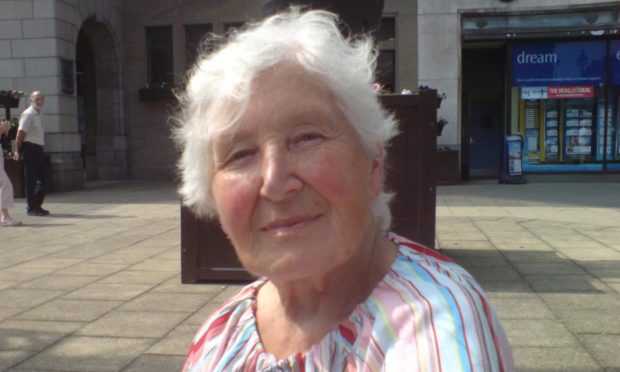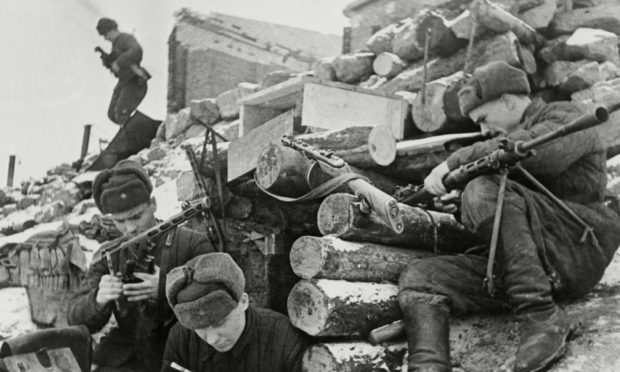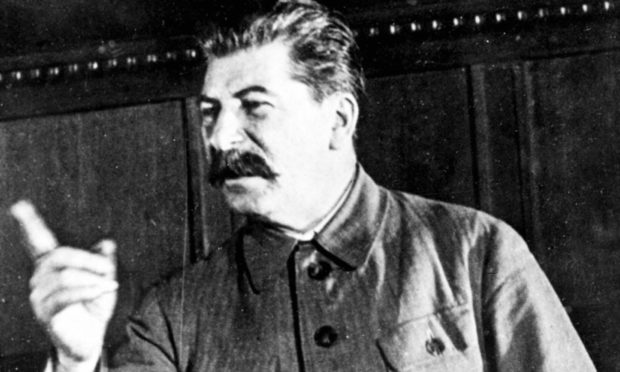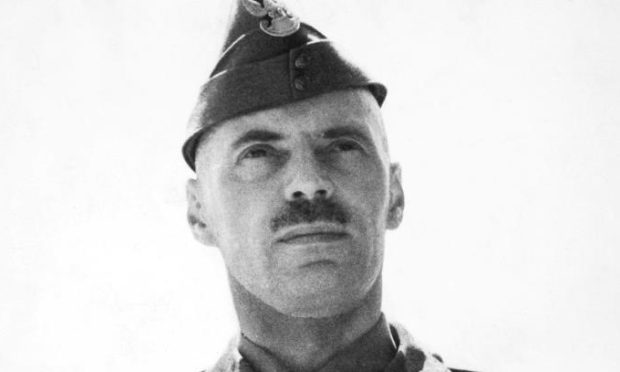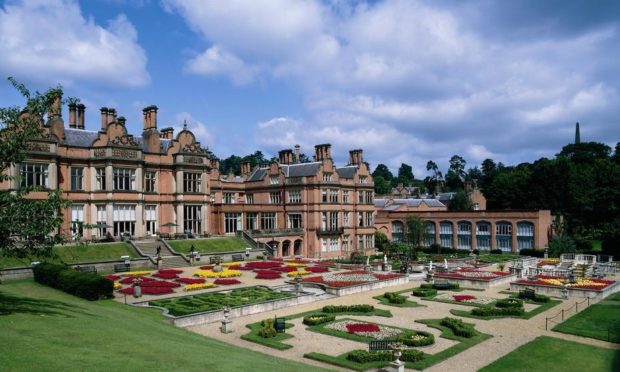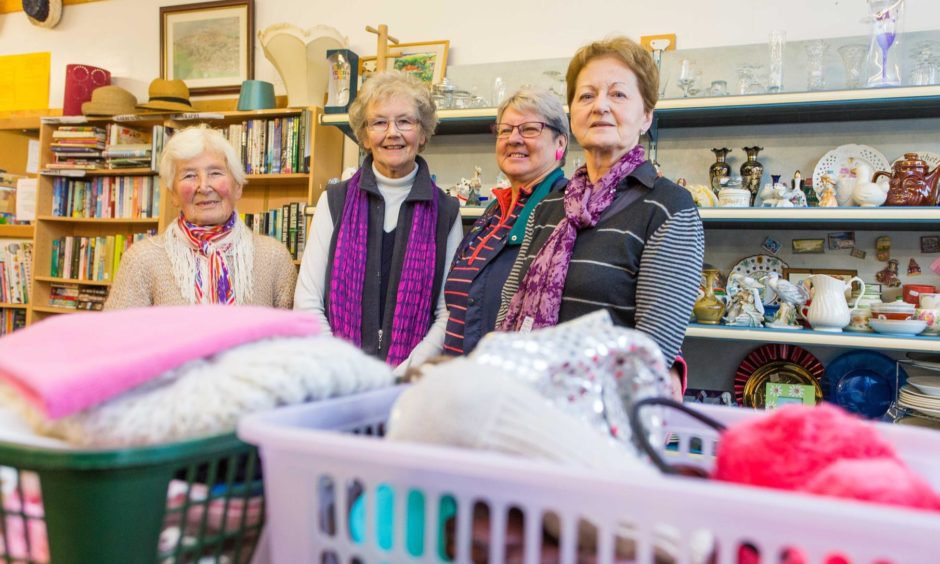Teresa Vass’s early life in the Soviet gulag system and a refugee camp in Africa endowed her with empathy for the disenfranchised.
Throughout her 91 years she sought to make life better for street drinkers, the destitute and the hungry.
After all, she had been hungry herself on the long journey to freedom from a Siberian camp.
So when she reached the safety of the United Kingdom, Mrs Vass never forgot those in need.
Voluntary work
She continued to offer her helping hand until just a few years before her death in Tayport on March 16, 2021.
Until about three years ago, she was a volunteer at Tayport charity shop, an organisation that channels funds to a variety of causes.
She had lived in the town since 1988 when she and her Nairn-born husband retired to Scotland.
Eastern Europe
Mrs Vass was born Teresa Sklepkowicz in an area of south-east Poland which is now part of Ukraine.
Her father, Basil, had fought for the Austro-Hungarian empire in the First World War.
Teresa was one of nine children. The family lived on a farm and her father was a woodcutter. The nearest big town was Lviv, now in Ukraine.
Her son, Jan, said Teresa loved the rural life and had a deep affection for the countryside.
Her life changed in 1940 when Soviet troops invaded. On February 10 that year the family were given one hour to pack for a camp in the gulag system.
They were among hundreds of thousands of Poles deported east in Stalinist ethic cleansing.
The dictator especially distrusted those who had fought for Austro-Hungary and that included Terea’s father.
Jan said the family were taken to Kotlas camp in Archangel Oblast where they spent more than a year.
In July 1941 after the Nazi invasion of the Soviet Union, Stalin did a deal with the Polish Government in exile to let the captives go free. But they would have to pay for their passage.
Teresa and her family foraged for berries and mushrooms to sell to Russian troops to fund the first leg of their journey, by boat, from Kotlas.
The family hoped to join up with the exiled Second Polish Corps which was fighting in the west under General Wladyslaw Anders.
Jan said the family’s journey took them through Uzbekistan, where they worked on a collective cotton farm and then on to Kazakhstan.
Next they sojourned in Persia, now Iran, where Teresa caught typhus in Tehran and nearly died.
Eventually they made it to what is now Pakistan, in pre-partitioned India.
British officials dispatched them to Africa. They landed in Kenya before being settled at a refugee camp a Masindi in Uganda.
Teresa’s elder sister Maria, who had worked as a lumberjack, went on to join the British army.
Hostilities end
War ended when Teresa was 15 and where the family would move next proved a dilemma.
They could not return to Soviet-controlled territory and the other choices were Argentina, Mexico, the US or UK.
Britain was offering the right of settlement so Teresa, her mother and two sisters sailed to the UK. Her father had already died.
The four were settled in a camp near Birmingham and Teresa was put to work in the Welcombe Hotel, Stratford-upon-Avon.
It was there she met former Royal Engineer Alistair Vass of Nairn, who had taken a job to pass the time before sailing to Australia on a £10 ticket.
Alistair and Teresa hit it off and were married in Warwick in 1952.
After that they lived for short spells in Nairn and Edinburgh before heading south.
They lived in north London then Hertfordshire where Alistair worked for Marconi and ICI.
Teresa, a Roman Catholic, devoted much of her time to inter-faith dialogue and charities working with those with physical and mental disabilities.
The couple also raised six children, Nicholas, Maria, James, Anna, Jan and Katherine.
Alistair retired in 1988 and the couple decided to move to Scotland. They narrowed their choices to Dundee or Fife and eventually chose Tayport because it offered the best of both worlds.
Over the years, Teresa volunteered at Tayport charity shop and was a member of Tayport Singers who entertained at care homes.
A son’s tribute
“My mother was a great supporter of many charities, sea faring charities and those supporting street drinkers. She had a particular affinity with Mary’s Meals because of her time spent in Africa,” said Jan.
Teresa’s funeral mass will take place in Our Lady, Star of the Sea Church, Tayport, on April 8. The family’s announcement can be read here.
